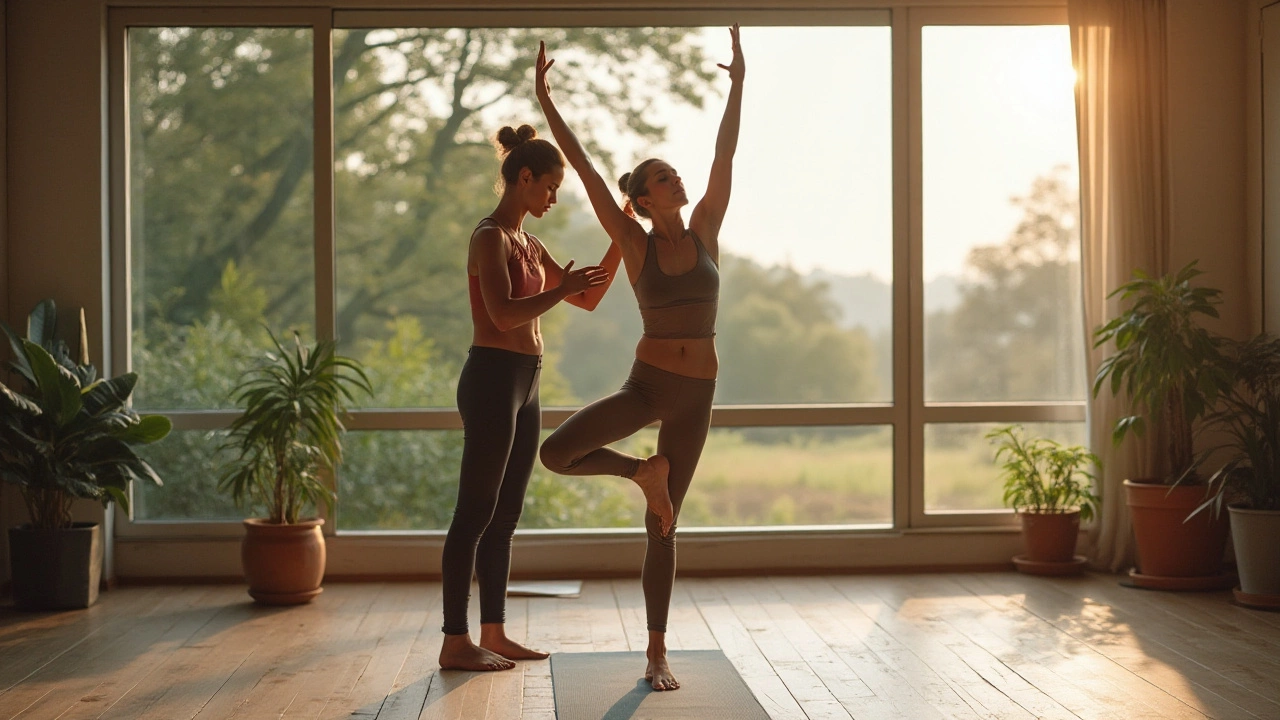Exercise Comparison: Choose the Best Workout for Your Goals
There are tons of ways to move your body, and picking the right one can feel overwhelming. This guide breaks down the most common options, highlights what each one does best, and gives you a simple way to match a workout to your lifestyle.
Cardio vs Strength: What’s the Difference?
Cardio exercises—running, cycling, swimming—raise your heart rate and burn calories during the session. They improve endurance, help lower blood pressure, and are great for quick fat loss. Strength training—lifting weights, body‑weight circles, resistance bands—doesn’t always torch calories on the spot, but it builds muscle. More muscle means a higher resting metabolism, so you keep burning energy even while you’re sitting.
If you want to lose weight fast, start with a cardio burst of 20‑30 minutes a few times a week, then add two strength sessions to protect muscle. If you’re aiming for a toned look and stronger joints, flip the ratio: two or three strength days and one cardio day.
HIIT (high‑intensity interval training) sits in the middle. Short bursts of intense effort followed by rest can give cardio benefits while also sparking muscle growth. For busy people, a 15‑minute HIIT routine can replace a longer steady‑state cardio session without sacrificing results.
Yoga, Pilates, and Home Workouts: When to Choose Them
Yoga and Pilates focus on flexibility, core stability, and mindful movement. They’re perfect if you spend a lot of time at a desk or need a low‑impact way to stay active. A daily 20‑minute yoga flow can improve posture, reduce stress, and keep you moving without heavy sweating.
Home workouts like the 15‑15‑15 or 30‑30‑30 methods use body‑weight moves that need little or no equipment. They’re ideal when you can’t get to a gym or want to fit exercise into a tight schedule. The key is consistency—pick a routine you enjoy and stick with it.
When comparing these options, ask yourself three questions: Do I need cardio for heart health? Do I want to build strength and muscle? Do I need flexibility and stress relief? Your answers will point you toward the best mix.
For example, a beginner might start with three sessions a week: one cardio (running or cycling), one strength (body‑weight circuit), and one yoga (flexibility and breath work). After a month, you can tweak the plan based on how you feel and what results you see.
Remember, no single exercise beats all others. Success comes from combining different types, listening to your body, and staying consistent. Use the comparison points here to build a routine that matches your goals, time, and preferences. Happy training!

Pilates vs Yoga: Which Practice Suits You Best?
Maeve Larkspur Nov 27 0Pilates and yoga are both popular forms of exercise that offer a range of physical and mental benefits. While both practices focus on developing strength and flexibility, they cater to different needs and fitness goals. This article explores the differences between Pilates and yoga, including their origins, benefits, and how each might suit various lifestyles and fitness preferences. Discover which practice might be best for you based on your personal health objectives and daily routine.
More Detail